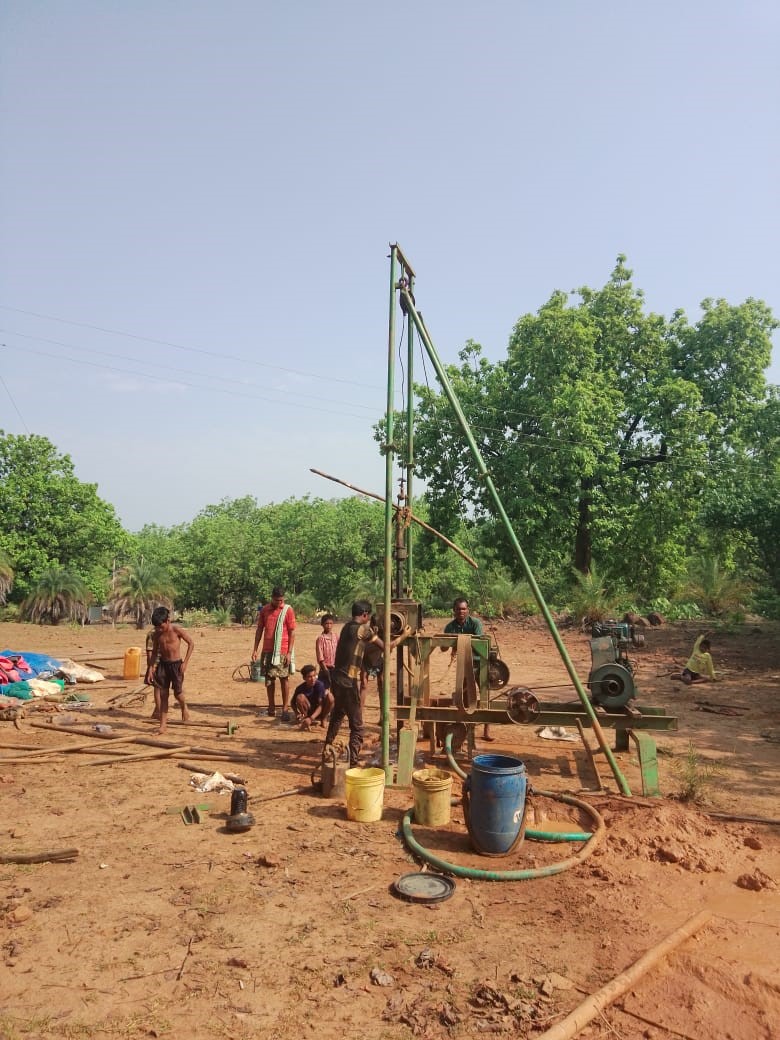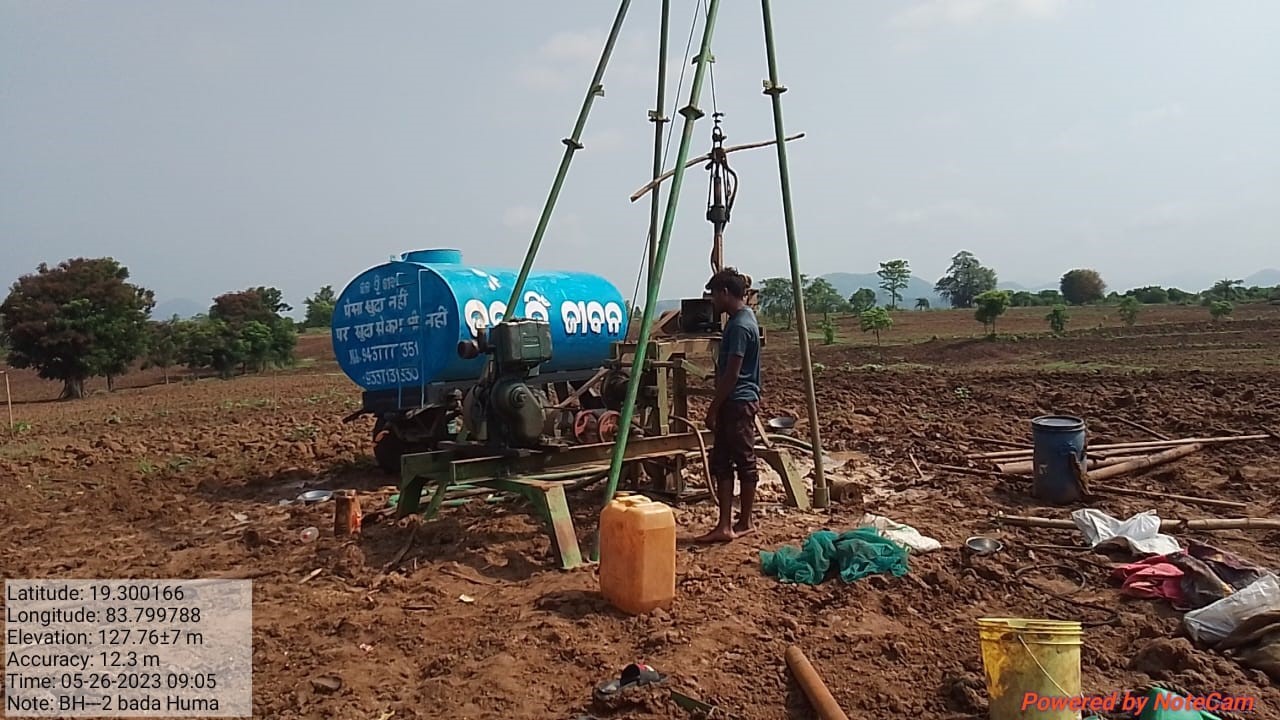Soil Investigation
Before beginning to design for a construction, engineers will conduct either a Geo-technical Investigation or a Soil Investigation to gather information about the physical and chemical characteristics of the soil and rocks located below the site's surface.
Before beginning to design for a construction, engineers will conduct either a Geo-technical Investigation or a Soil Investigation to gather information about the physical and chemical characteristics of the soil and rocks located below the site's surface. This knowledge is necessary for the planning stage of constructing a building. Because of this, the engineers will have an easier time constructing the earthworks and foundations that are necessary for the construction to survive the soil conditions. This can also be used for the repair of earthworks and structures that have been damaged as a result of the conditions of the soil.
The results of a soil investigation or a geotechnical investigation offer the essential information about the soil, which helps engineers to determine whether or not the soil materials meet the requirements for suitable decision making in site development and planning.
An evaluation of a site's surface as well as its subsurface is typically included in a geotechnical examination. On occasion, geophysical technologies are utilised in order to acquire preliminary qualitative data regarding places. In-situ testing, also known as the standard penetration test and the cone penetration test, is typically a part of the Soil Investigation process. In addition, the study of the site will often consist of retrieval of soil samples and subsequent testing of those samples in a laboratory.
In addition to test pits, trenches, and big diameter boring, direct visual and manual inspection of the soil and rock strata can be accomplished by using test wells, trenches, and large diameter boring respectively. The level of inquiry required is proportional to the size of the structure as well as the degree to which the region has been developed.


